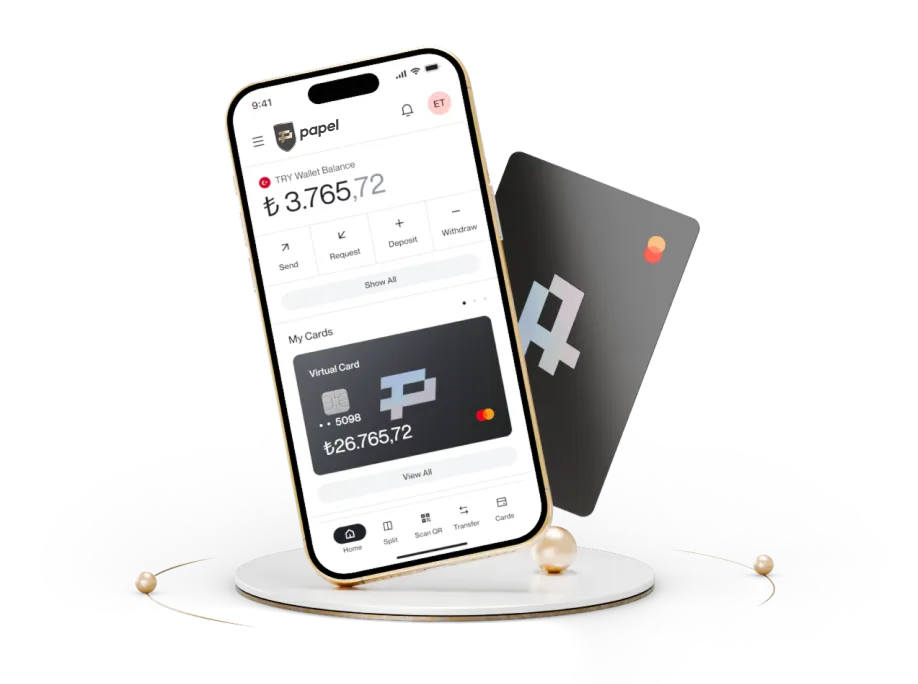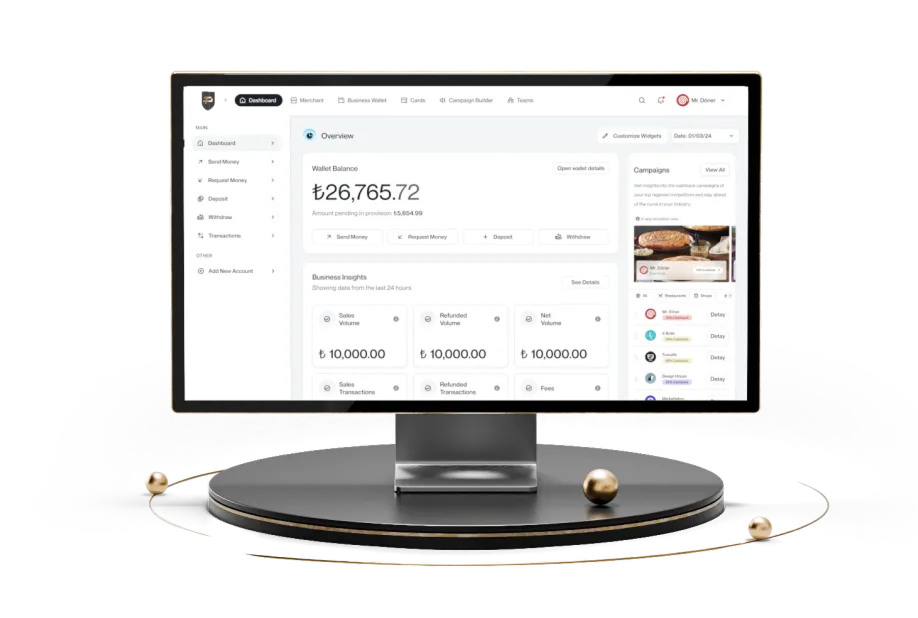How to Protect Yourself from Financial Fraud?
Unfortunately, the speed and accessibility of the digital world also create opportunities for fraudsters. Phishing, fake investment offers, malicious software, and more… Thousands of people face this financial fraud daily. But is it possible to minimize these risks? Absolutely! In this post on Papel Blog, we explain the most common types of financial fraud, how to protect yourself, and the security measures you can take when shopping online.
What is financial fraud?
Financial fraud is the deliberate deception or misrepresentation of individuals or organizations to gain monetary advantage. Such fraud schemes aim to obtain victims' money, property, or valuable information through false promises or misleading statements. Fraudsters often hide or distort the truth to take control of a victim’s assets. To protect yourself from financial fraud, you must act with awareness. If anything seems suspicious, it’s critical to act immediately and report it to the relevant authorities for the safety of both yourself and society.
The Most Common Types of Financial Fraud
There are many types of financial fraud, most of which aim to capture your personal and financial information. Learning about the most common types is essential to increase awareness and caution. Here are the most widespread types of financial fraud:
Phishing
Phishing is a type of cyberattack in which fraudsters impersonate banks or official institutions to trick users into sharing personal and financial information. These attacks usually occur via SMS or email and attempt to collect sensitive data such as login credentials, passwords, or credit card numbers.
Phone Scams
Phone scams often use tactics like creating a sense of urgency, impersonating authority figures, or requesting help. Scammers may pose as police officers, prosecutors, or bank employees to extract account details or passwords from individuals.
Card Skimming Fraud
This method is more common where physical card usage is involved. Fraudsters steal credit card information and create counterfeit cards to make unauthorized transactions. For tips on protecting your card, check out our post “7 Ways to Keep Your Credit Card Safe.”
Malware and App Fraud
In this type of fraud, malicious software is installed on users’ devices to capture personal and financial data. These programs usually infect devices through apps downloaded from unreliable sources.
Fake Lottery and Prize Scams
This method involves telling users they’ve won a significant prize and asking them to provide financial information or pay a fee to claim it.
Fake Investment Advisors
Fake investment advisors who promise high returns often appear on social media, WhatsApp groups, or fake websites. They introduce themselves as experienced and trustworthy professionals and convince users to invest, ultimately taking their money.
Push Payment Fraud
Another standard method is tricking individuals into voluntarily transferring money. Using social engineering techniques, fraudsters manipulate users into manually sending money from their accounts.

How to Protect Yourself from Financial Fraud
It’s essential to stay alert and act wisely to protect yourself from financial fraud. Here are some precautions you can take to avoid becoming a victim:
Watch Out for Phishing and Fake Communications
One of the most common tactics fraudsters use is posing as a bank or government employee. If you receive such a call, email, or SMS, verify the message through official websites or by contacting your bank’s customer service directly.
Use Strong and Unique Passwords
Create different and complex passwords for each of your accounts. Enabling two-factor authentication (2FA) will also significantly increase account security. A second verification step will block unauthorized access even if your password is stolen.
Use Only Official and Trusted Apps
When conducting transactions on mobile devices, make sure to use trusted applications. Always download apps from official stores, check their permissions, keep them updated, and read user reviews before installing.
Keep Your Devices Updated and Secure
Install up-to-date antivirus and security software on your devices. Keep your operating systems and applications current to minimize vulnerabilities. Even if you’ve taken all precautions, scan all files and applications from unknown sources before opening them.
How to Ensure Security in Online Transactions?
There are several ways to secure your online transactions. Here's what you can do:
Use Strong and Unique Passwords
As mentioned earlier, create different and complex passwords for each account and enable 2FA whenever possible.
Use Secure Payment Systems Like 3D Secure
Additional security layers like 3D Secure during online purchases will increase payment safety.
Avoid Public Wi-Fi Networks
Avoid making financial transactions over public Wi-Fi, as these networks are more vulnerable to cyberattacks.
Use Websites with HTTPS and SSL Certificates
To ensure a shopping site is secure, check that the address bar includes “https://” and a lock icon. These indicators mean an SSL certificate protects the site and encrypts data.
What to Do If You Become a Victim of Fraud?
Anyone can become a victim of fraud. If it happens to you, the first thing to do is stay calm. Proper steps can enforce your legal rights and potentially recover your losses. Here are some essential steps:
Contact Your Bank Immediately
Contact customer service immediately if the fraud involves your bank or credit card. Detect suspicious activity in your account and ask your bank to freeze your account and stop any unauthorized transactions.
Collect and Keep All Evidence
When you realize you've been scammed, gather all related documents and communication records. These will be crucial for investigations or legal actions. Pay special attention to IBANs and contact information used in the transaction.
File a Criminal Complaint
You can go to the nearest police station or Public Prosecutor’s Office to file a report. You can also do this via the e-Government portal (e-Devlet). When filing, provide all evidence—messages, emails, bank receipts, etc.
Seek Legal Support
We recommend consulting a lawyer for better guidance if you're considering legal action. A legal expert can help identify the fraudster and recover your damages.
Safe Payments and Money Transfers with Papel
With the Pay with Papel feature, you can make fast and secure payments! You can also use the Papel mobile app to transfer money, pay bills, and benefit from cashback offers. Download the Papel app on your mobile device to unlock more advantages.
Disclaimer: The information provided in this blog post is for general informational purposes only and does not constitute legal, financial, or investment advice. The content is prepared for educational purposes, and we recommend seeking professional advice for specific situations. The views expressed in this article are solely those of the author and are not binding. All decisions you make based on this content are your responsibility. Papel Electronic Money and Payment Services Inc. accepts no liability in this regard.

